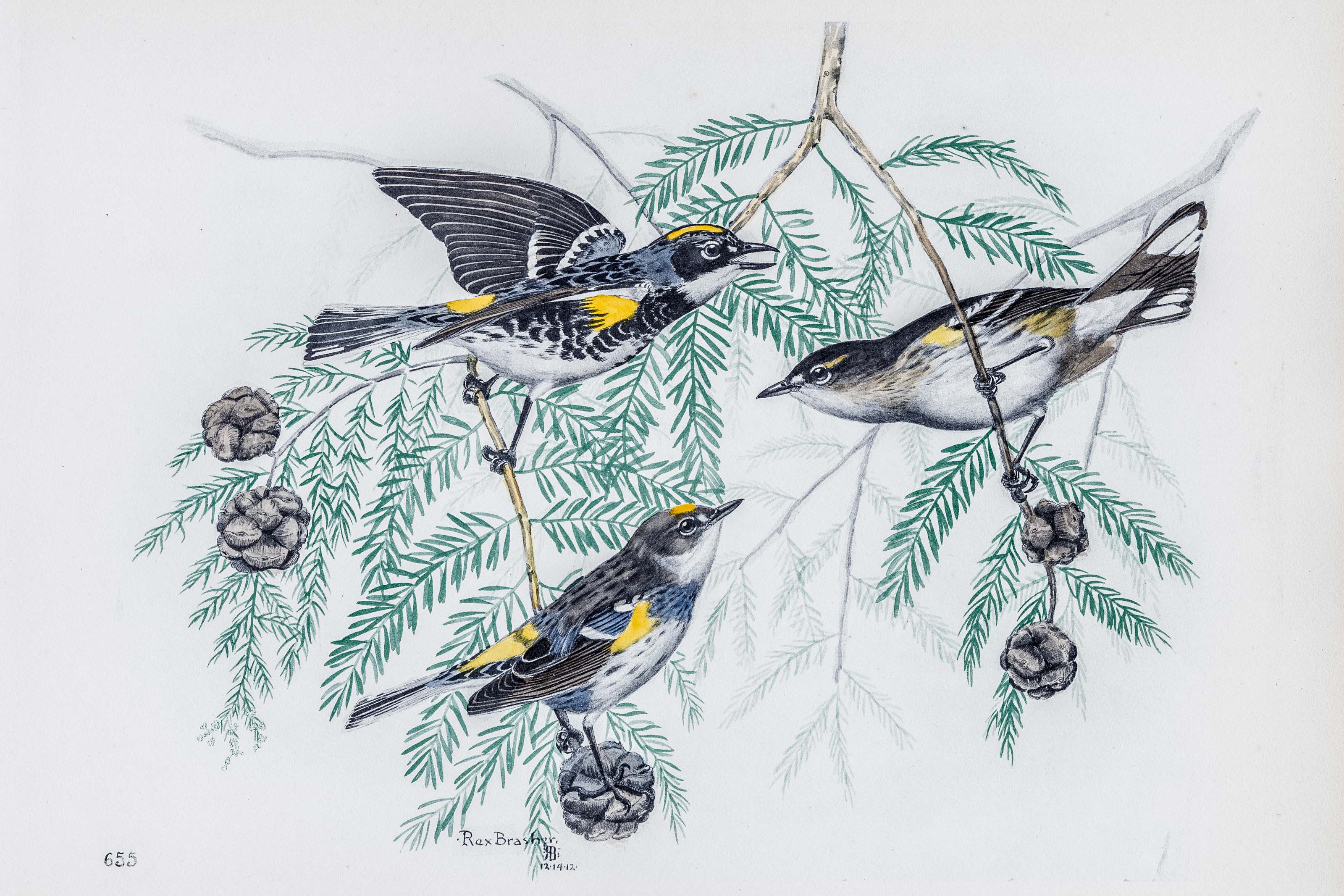
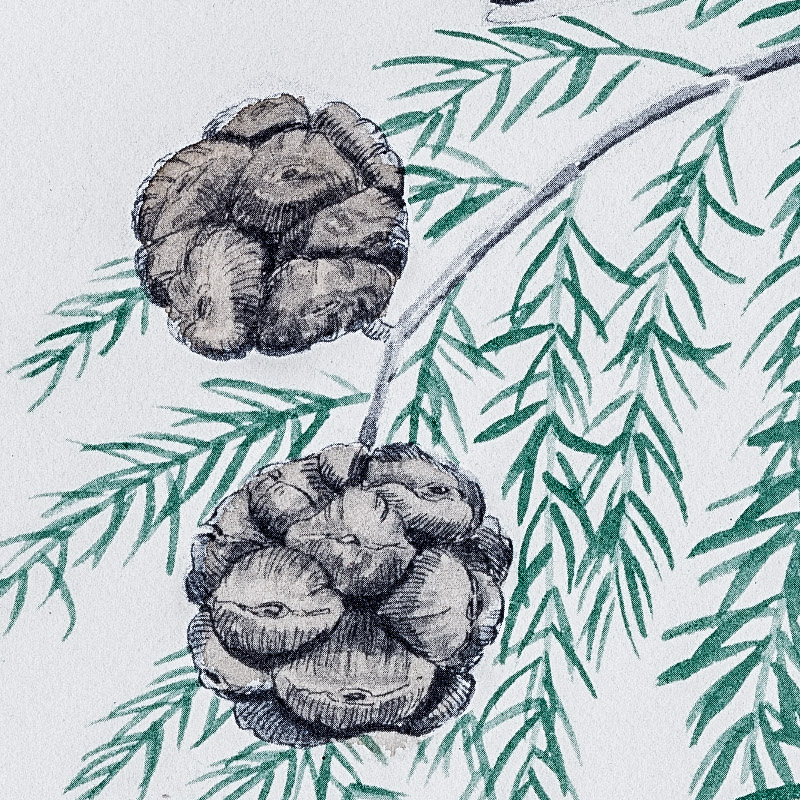
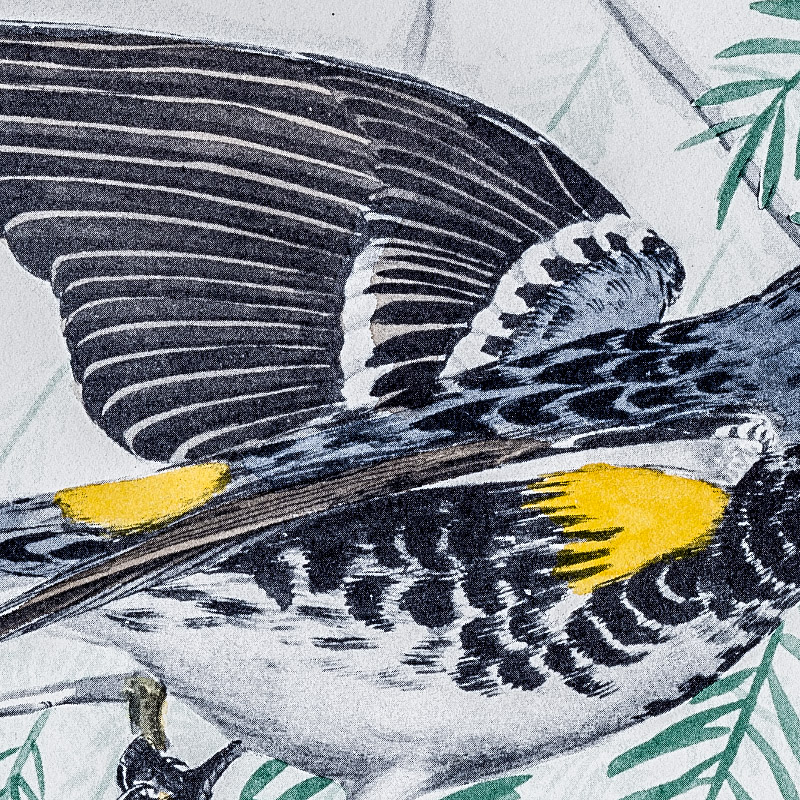
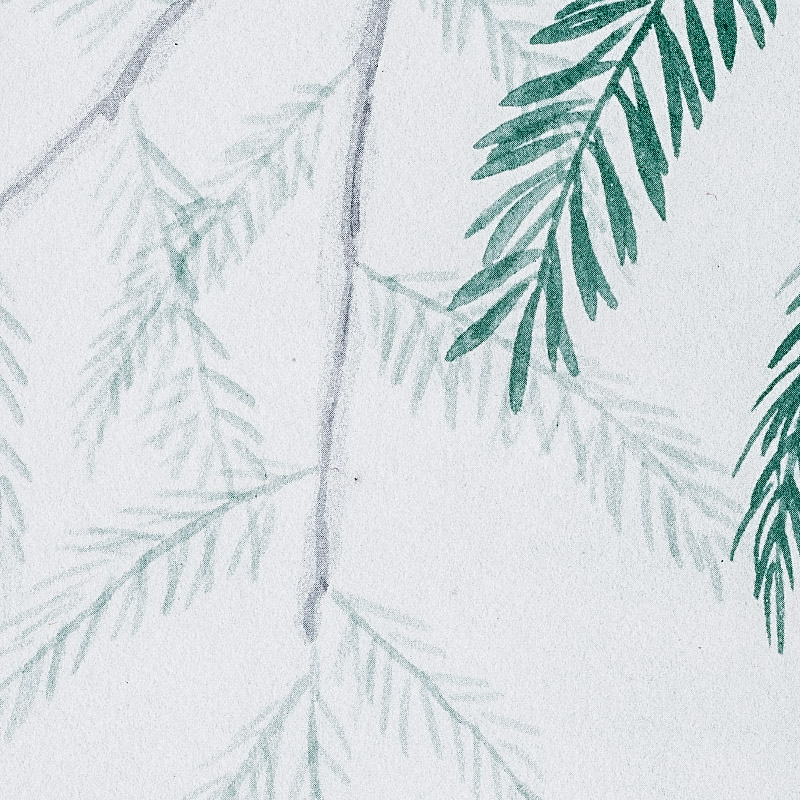
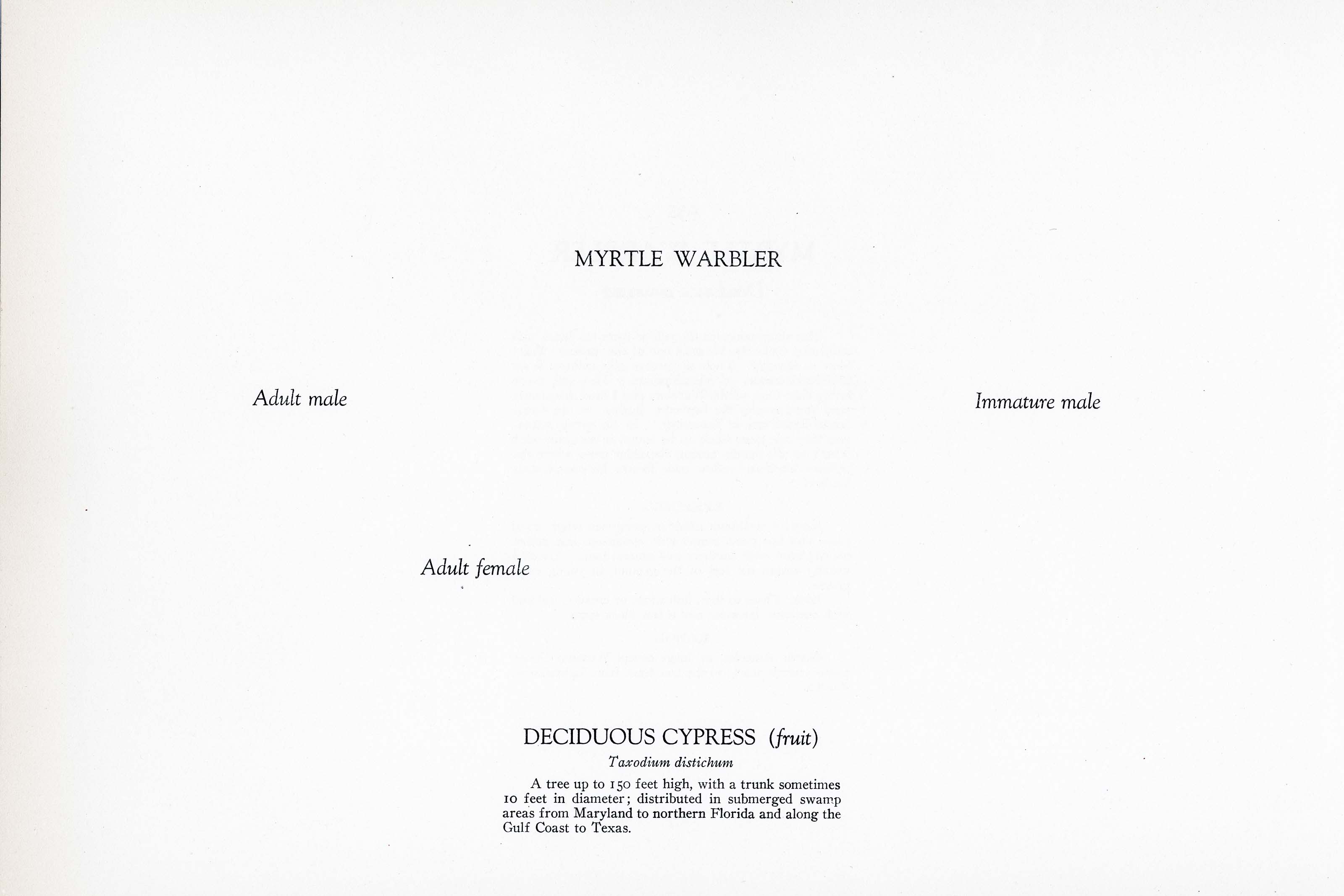
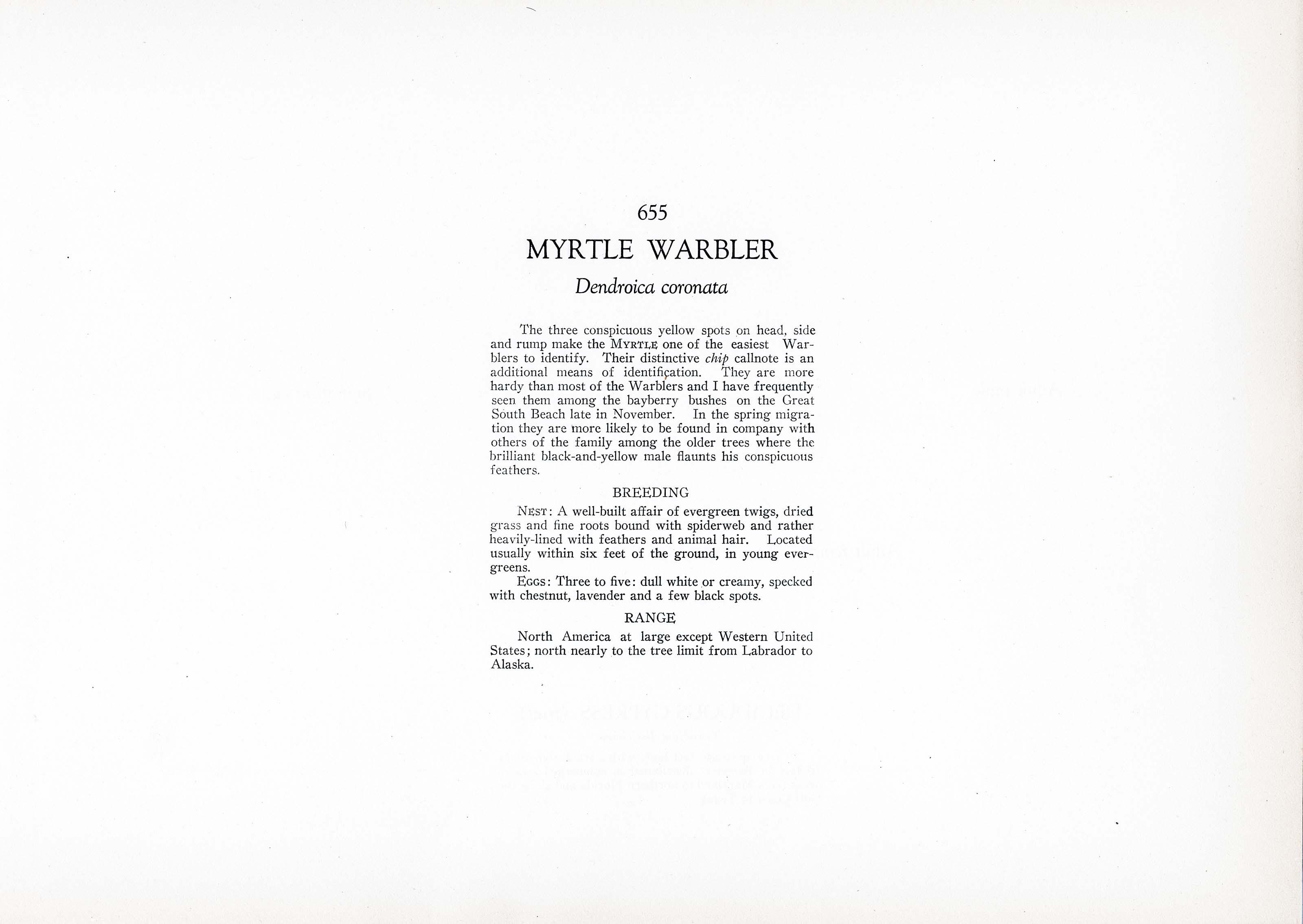

1912
1930
11
655
A team of dedicated board members, volunteers, and student interns has published every page in Volume 9. This volume includes 360 images of paintings and lyrical descriptions of birds, now available online for everyone to enjoy anywhere in the world. This is a monumental task. Each volume requires approximately 400 hours to photograph, edit, transcribe, catalog, and publish online. We need your support to complete this work.
If you're tech-savvy, have a good eye, are meticulous with details, and love structured data, please consider volunteering by emailing us at hello@rexbrasher.org.
We encourage all bird lovers and supporters to consider a monetary donation to support our mission to make Rex's work available for everyone. You can provide a one-time or recurring donation online.
The three conspicuous yellow spots on head, side and rump make the MYRTLE one of the easiest Warblers to identify. Their distinctive chip callnote is an additional means of identification. They are more hardy than most of the Warblers and I have frequently seen them among the bayberry bushes on the Great South Beach late in November. In the spring migration they are more likely to be found in company with others of the family among the older trees where the brilliant black-and-yellow male flaunts his conspicuous feathers.
NEST: A well-built affair of evergreen twigs, dried grass and fine roots bound with spiderweb and rather heavily-lined with feathers and animal hair. Located usually within six feet of the ground, in young evergreens.
EGGS: Three to five: dull white or creamy, specked with chestnut, lavender and a few black spots.
North America at large except Western United States; north nearly to the tree limit from Labrador to Alaska.
A tree up to 150 feet high, with a trunk sometimes 10 feet in diameter; distributed in submerged swamp areas from Maryland to northern Florida and along the Gulf Coast to Texas.